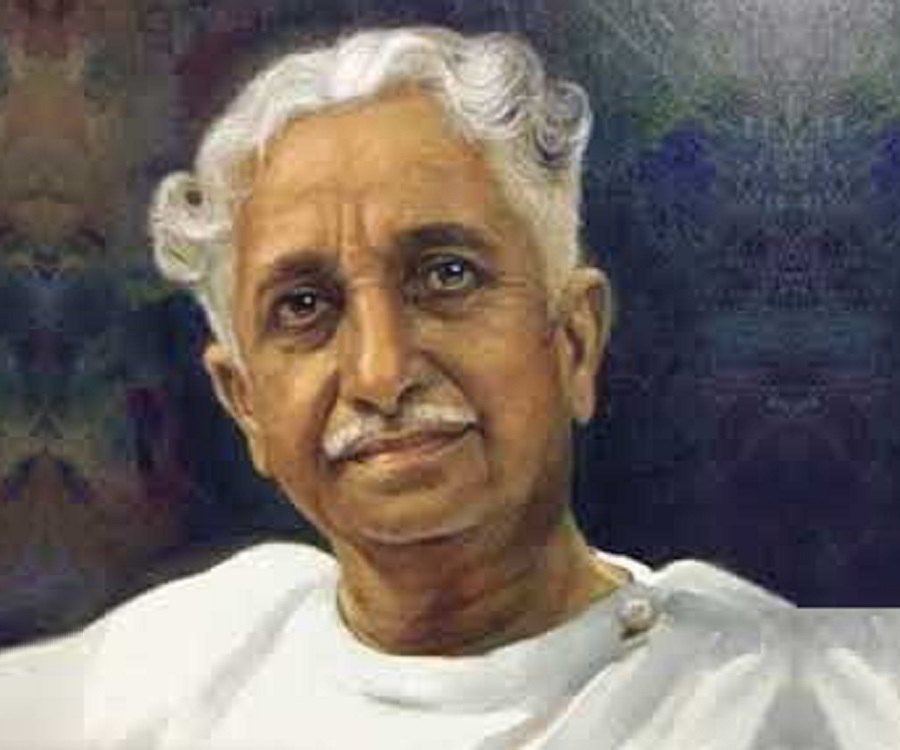It is interesting to learn more about Kuvempu, a renowned person from Kerla. This article outlines his life and work, as well as some of his teachings. Kuvempu Information in Kannada is a great source for life lessons. It is a must read for anyone interested in ancient Kerla history. Here, you will learn how to read Kuvempu’s Kannada translations.
Rashtrakavi Kuvempu
Learn the meaning of Rashtrakavi Kuvempu in Kannada and understand the roots of this beautiful dance form. The word kuveNpu translates to “dance of the snake” and is derived from the Kannada term’smkaali’. The dance form is one of the oldest in the country and is based on a mythology that has been around for more than 5,000 years.
In Kannada, Kuvempu’s real name is Kuppali Venkatappagowda Puttappa. He is widely regarded as one of the greatest Kannada literary masters of the twentieth century. His social activism inspired him to fight against caste discrimination, superstitions, and gender injustice. Learn more about Kuvempu by reading his biography. We hope you enjoy this little bit of Kannada literature!
His life
The name Kuvempu in Kannada is derived from his native language. Kuvempu was born in Hirekodige village and brought up in the Maledu region of Thirthahalli district of Shivamogga. He was tutored by a local teacher from Dakshina Kannada district. He later completed higher education at Wesleyan High School in Mysore and graduated from Maharaja College.
His works
Kuvempu Venkatappagowda Puttappa was a popular writer and poet who was known by the pen name Kuvempu. Many hailed him as one of the greatest Kannada poets of the 20th century. His works, largely focusing on spirituality and the human condition, are considered among the best Kannada literature. The author was a prolific writer, writing several novels, stories, and poems.
In addition to Kannada poetry, Kuvempu wrote a number of works in English. His first anthology of English poems was published when he was in class 10 in 1922. In 1924, he went on to join the Maharaja College in Mysuru, where he continued to write English poetry. This led to the publication of a collection of English poems, Nenapina doniyali. Kuvempu died in 1994 at the age of 90.
His teachings
The first of Kuvempu’s literary works was published in English, but he soon switched to Kannada to spread the message of “Education in the Mother Tongue”. In 1927, he founded the Kannada Adhyayana Samsthe at the Mysore University, which later became the Kuvempu Institute of Indian Studies. He influenced a generation of students to take up science and mathematics, and was instrumental in educating them. His book, Knowledge for the Layman (1932), was a major breakthrough in teaching science to a wide audience.
Kuvempu’s poetry demonstrates a remarkable critical acuity and a profound commitment to subaltern perspective. This book, which is a critical study of Kuvempu’s teachings in kannada, reveals his contempt for societal inequality. His commitment to human values and a subaltern perspective helped spawn the subaltern studies movement. The author’s critical acuity is striking, and the poems are filled with ideas that creatively affirm human resilience. Kuvempu argued that subordination and coercion are two fundamentally opposing concepts that must be kept at bay. He further asserted that ideology cannot be used to oppress, nor can it be a force that dominates.
His reminiscences
Kuvempu was an illustrious Kannada writer. He was a poet, novelist, dramatist, essayist, and cultural hero. His writings, which are a combination of prose and poetry, reflect the nuances of culture, its people, and the smallest things that make it unique. He was a rishi with vision, a modern-day Valmiki.
In the first chapter of Kuvempu reminiscenses in kannada, he explains how weddings in the state of Karnataka are conducted in Mandya. Farmers in the Hassan region often commit suicide because they cannot afford the wedding costs. Kuvempu also criticized his own community, the Okkaligas, and wanted them to free themselves from meaningless rituals and institutionalised religion. His Mantra Mangalya text was written in a modern-day register, with no religious symbols.
